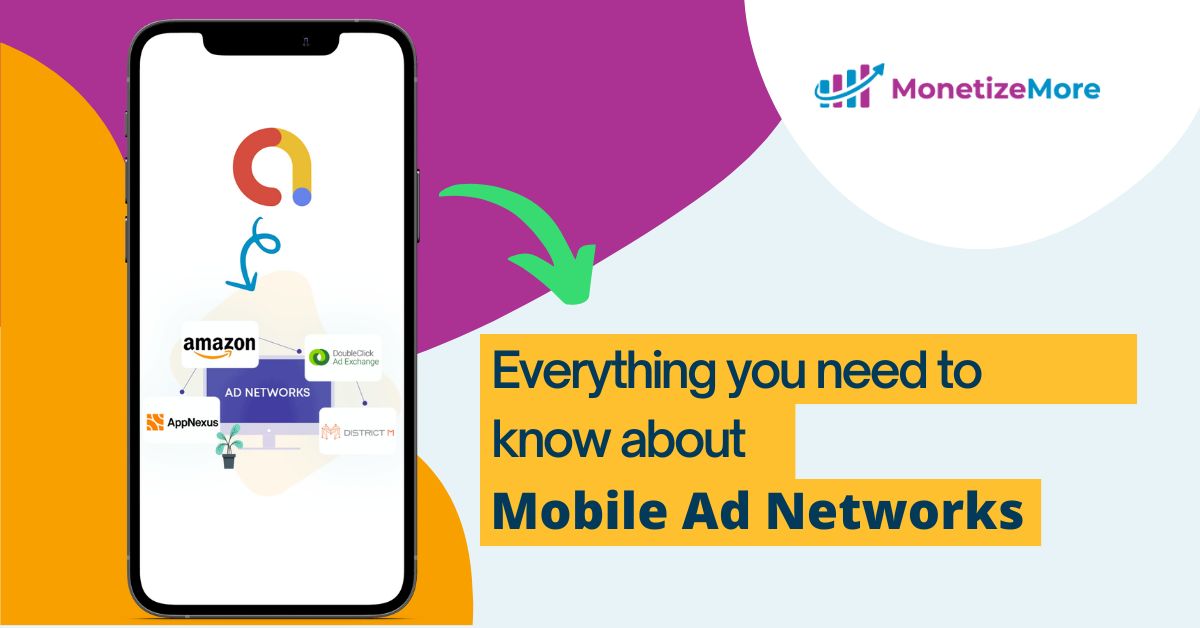
This post was most recently updated on September 19th, 2023
If you’re an app developer or a publisher, you need different ways to monetize your app. One of the best and most widely used strategies is selling your ad spaces for mobile advertising campaigns.
Mobile ad networks make connecting with the right advertisers to use your spaces easier. However, before partnering with a mobile ad network, you should understand what they are and how they work.
Here’s everything you need to know about mobile ad networks.
Mobile ad networks are advertising networks that connect advertisers with publishers and app developers looking to monetize their apps on mobile devices. The most common mobile ad networks include Google Admob, Yahoo Developer Network, Media.net, and Star App.
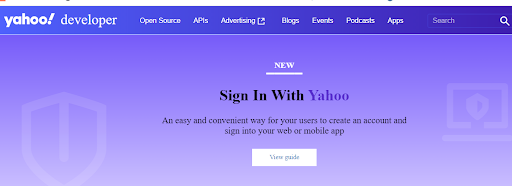
You can register with a mobile ad network such as Google AdMob and start getting paid for providing ad space in your app. The network sells this space to marketers and internet advertisers. The buying can occur manually or through programmatic media buying via real-time bidding.
Most mobile advertising networks support a broad spectrum of ad formats like banners and native ads. Other networks only focus on specific formats, such as video ads. Once you’ve settled on your mobile ad network, send emails to create awareness among interested mobile users for your app. Use an email lookup tool for this.
Some mobile ads are ideal for all types of apps; others are only ideal for mobile game apps. The best mobile ads ensure fair rates for mobile publishers and mobile developers, have high Cost Per Mile (CPMs), are relevant to the target audience, and offer high-quality ad graphics.
Here are some of the most common mobile ads.
These are rectangular images with clear text for the target audience. You might have noticed these ads on different apps in mobile devices. They’re placed at the screen’s top or bottom.
The image to the left has the banner ad at the bottom of the screen. The image to the right shows the page you’ll access after clicking on the ad.
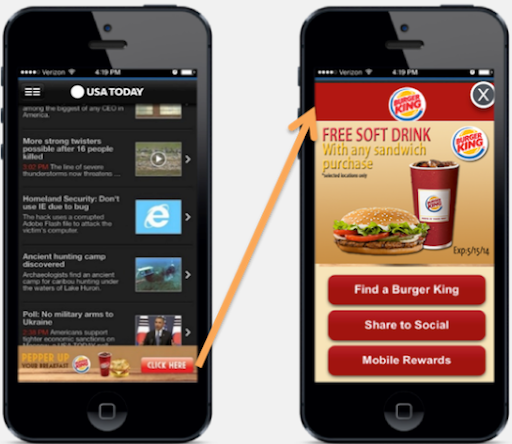
Banner ads are the most common because they’re affordable, cost-effective, easy to launch, and supported universally. Mobile banner ads are not intrusive and are part of the user interface. However, unintended clicks are common.
The most distinct feature of interstitial ads such as Vignette ads is their intrusiveness. These ads appear and fill the screen when a user navigates through the app. Your mobile users will be required to take action, which would be to either click on the CTA or close the ad.
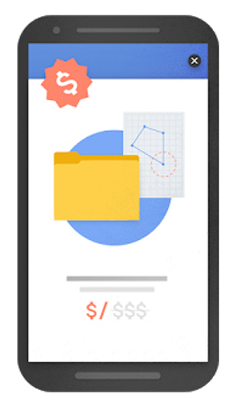
While interstitial ads are bold and well-visible, they can be annoying to mobile users since they interrupt the user experience on your mobile platform. However, they, in particular Vignette ads, can yield much more money than banner ads, accounting for 70% of all mobile display ad revenue.
Video ads are one of the most engaging content forms and have the best interaction rates among app users. They grab the uninterrupted attention of users, so ensure that you feed your audience with quality video content to keep them watching.
Keep the video ad campaigns short, ideally 15-30 seconds long.
Playable apps are a type of video ad best used for gaming apps. Your mobile users can experience a part of the advertised app while seeing the playable ad. To maximize a playable ad’s effect, add a CTA and keep the ad as short as 60 seconds.
You should only work with ads that add value to your user’s experience.
The pricing models used by your preferred mobile advertising platform determine how much you’ll get from this app monetization strategy. Here are four of the most common pricing models used by mobile marketers.
The CPM pricing model calculates the cost of an ad as a multiple of each 1000 views. It’s one of the most widely used models by large mobile ad platforms such as Google Ads.
This strategy will work for the app developer or publisher and the ad network they work with. However, the model has low clickthrough rate (CTR) values. Advertisers find it challenging to break even with this model.
This model calculates the cost or profit you’ll generate for your ad space based on the number of clicks an advertisement gets.
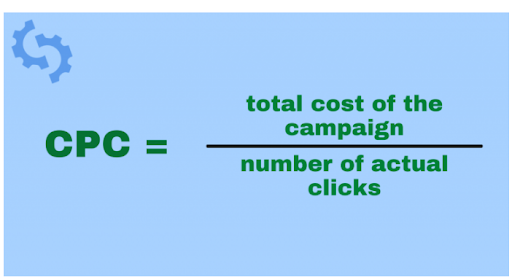
Advertisers cite that they lose billions of dollars with this strategy because of fake clicks. Statistics show that 20-60% of the total clicks on an advertisement are fake.
To get the best out of this model, partner with the right mobile advertising companies, work with small budgets and use tools for fishing out fake clicks on your ads.
If you’re introducing your mobile app to the market, the cost-per-installation pricing model is your best bet. The model calculates the cost by the number of installations your app gets, added to the cost per install charged by the attribution platform.
This model has two submodels:
The incentive model works by rewarding your mobile users after they install your series of games or apps. The reward could be points for use in the game or any other incentive, depending on your app’s content.
The non-incentive model does not reward the users.
Ad networks use CPA campaigns to calculate the price of every user who makes a particular action on the app.
This pricing model will work well if your app is already established. You can use this model alongside Google Ad Manager to help your app support multiple ad exchanges and networks.
The general tip is this: Choose the model that gives you a better chance to monetize your app successfully.
The advertising campaigns on your apps significantly impact the user experience you offer your users. As such, only work with a mobile ad network that ensures a win for you.
Here are things you should consider when choosing a mobile ad network as a business partner.
CPM is the best pricing model for you because it’s publisher-friendly. It has 10, 15, 30, and 60-day payment models. You can access your money in any of the four cycles.
The mobile advertising campaigns you run on your app determine how much you can make out of your ad space. To get maximum profits from your partnership with a mobile ad network, pick one with high-quality users with a high user engagement. Amazon publisher services are one of the best publisher mobile ad networks with excellent user engagement.
The mobile advertising solutions network you use should use existing data to generate revenue for your app. They can do this by deploying header bidding, CPM flooring, native advertising, and determining the correct ad placement.
You should also inquire if they have account managers to help you manage your ad space. If you’re new to the business, an account manager can help you avoid beginner mistakes.
Before monetizing your app with ad spaces, you must integrate your preferred ad network’s SDK. You can run in-app ads by getting the right demand for inventory and using other helpful tools such as analytics.
Check on the simplicity of the SDK integration process before settling for a mobile ad network.
The mobile ad network you choose should give you control over the ads run on your app and give you a way to fight ad blocking.
The network should also allow you to visualize data on the ad performance. That will help you decide if the ads are worth running on your app.
The mobile ad network you use should support different mobile ad formats, such as full-screen ads, banner ads, video ads, and playback ads. This arrangement allows you to sell your ad space to as many qualified advertisers as possible.
Your preferred mobile ad network should suit your app monetization needs. It should help you widen your profitability scope with your app. It should have features that help you connect with the right clientele when selling ad space.
The next step after creating your app is to have it monetized. You don’t want your efforts to go to waste, after all. Here’s where mobile ad networks come in.
But you need to choose wisely.
Pick the ad network with a favorable pricing model. Assess the features of mobile advertising networks–customer base, yield optimization, ease of integration, advertising format support, and degree of ad control. Settle for the one that suits your needs.
Remember, the mobile ad network you use for your app determines how well your ad space will do in the market. In the long run, it determines how much profit you can rake in with your ad space. Good luck!
Ready to earn more for all your hard work? Apply Now!

David Campbell is a digital marketing specialist at Ramp Ventures. He helps manage the content marketing team at Right Inbox. When he’s not working, he enjoys traveling and trying to learn Spanish.

With over seven years at the forefront of programmatic advertising, Aleesha is a renowned Ad-Tech expert, blending innovative strategies with cutting-edge technology. Her insights have reshaped programmatic advertising, leading to groundbreaking campaigns and 10X ROI increases for publishers and global brands. She believes in setting new standards in dynamic ad targeting and optimization.

Paid to Publishers
Ad Requests Monthly
Happy Publishers
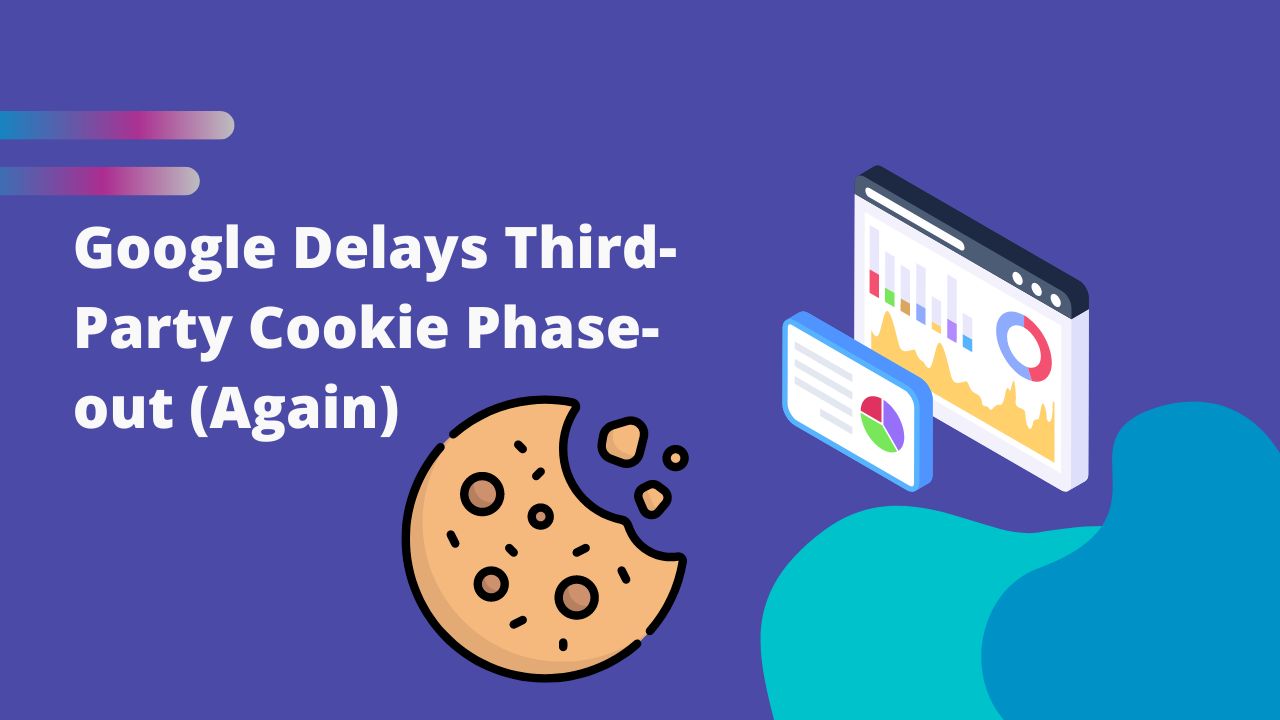
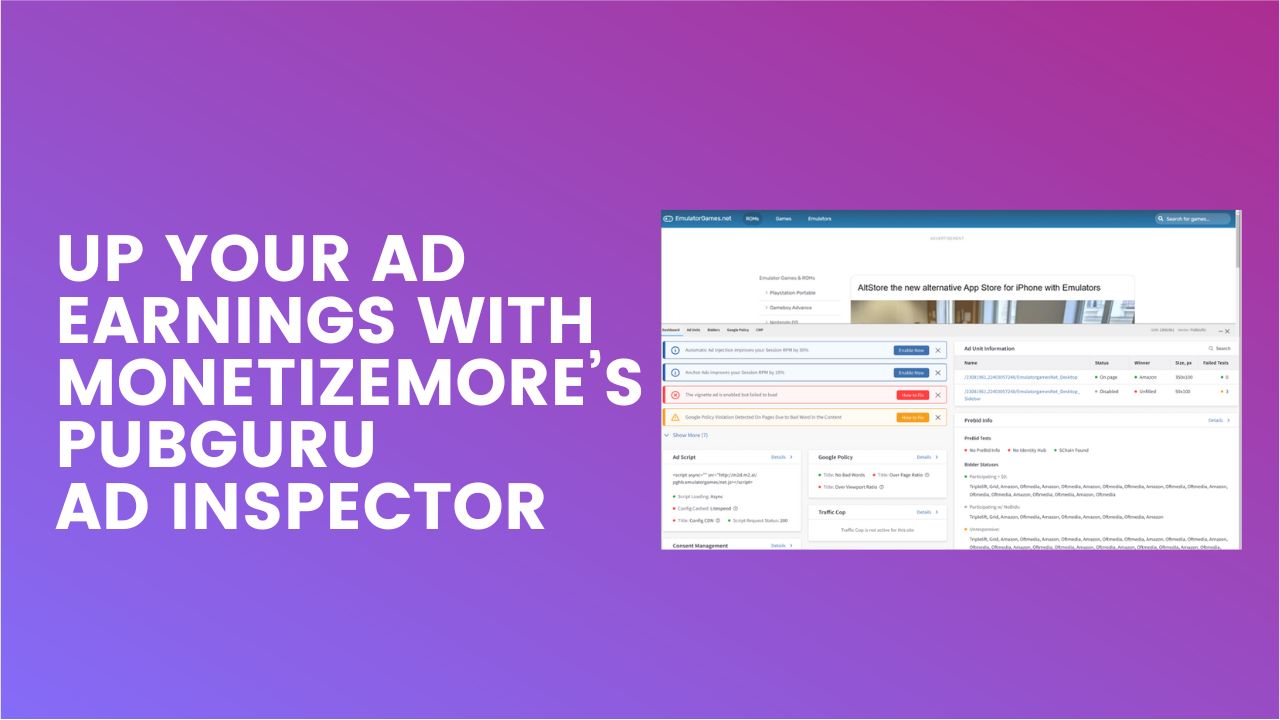
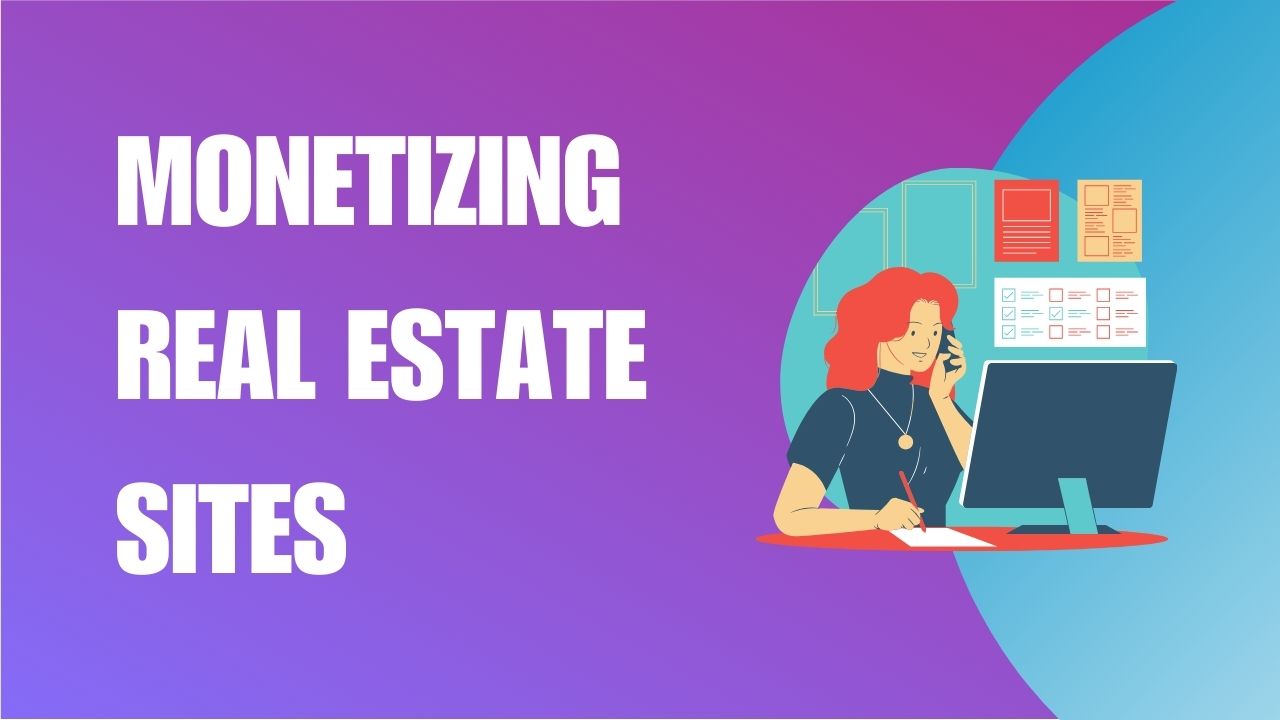
10X your ad revenue with our award-winning solutions.